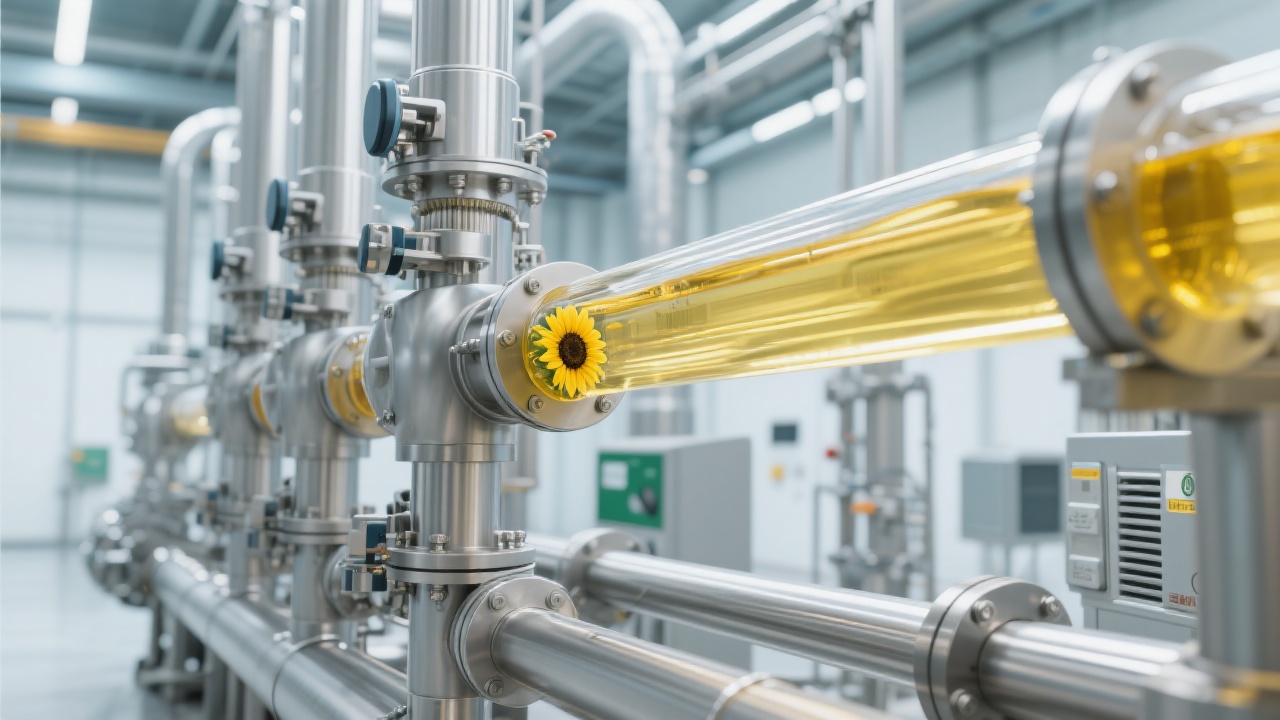
For small and medium-scale edible oil producers, achieving high yield while preserving the nutritional integrity of sunflower seed oil is a constant challenge. Traditional solvent extraction methods often compromise health benefits, whereas physical pressing—when optimized—offers a superior alternative. This article explores how modern sunflower seed oil press machines designed specifically for mid-sized operations can significantly improve both output quality and process efficiency.
One key differentiator in physical pressing lies in the ability to control pressure (typically between 30–60 MPa) and temperature (not exceeding 75°C) during the pressing cycle. According to field data from engineers at a Turkish sunflower oil mill, maintaining this range increases vitamin E retention by up to 22% compared to conventional presses operating above 85°C. The result? A more stable, nutrient-rich oil with extended shelf life and better market appeal.
| Processing Method | Vitamin E Retention (%) | Avg. Oil Yield (%) |
|---|---|---|
| Physical Pressing (Optimized) | 88–92% | 38–42% |
| Solvent Extraction | 65–70% | 45–50% |
| Cold Pressing | 90–95% | 32–35% |
A common misconception among new users is that higher pressure always equals better yield—but it’s not true. Excessive force (>70 MPa) leads to increased fiber breakdown, trapping oil in the cake and reducing final recovery. One engineer from an Iranian facility shared a case where lowering pressure from 75 MPa to 50 MPa improved residual oil in the cake from 12% to just 6%, directly boosting net profit per ton.
Before pressing, proper pre-treatment—such as drying seeds to 5–7% moisture content—is critical. Unprocessed or overly moist seeds lead to inconsistent flow and lower efficiency. In a real-world test conducted in Ukraine, adjusting pre-drying time reduced downtime by 18% and increased daily throughput from 2.5 tons to 3.1 tons without additional labor costs.

Another overlooked factor is cleaning. Residual hulls or foreign materials increase wear on rollers and reduce oil clarity. Implementing a simple magnetic separator and sieve system before pressing can cut maintenance costs by up to 30% annually, according to a Mexican processor who adopted these steps after consulting with our technical team.
While solvent extraction may offer slightly higher yields, it introduces chemical residues and fails to preserve delicate compounds like polyphenols and omega-6 fatty acids. For processors targeting premium markets in Europe, North America, or the Middle East, physical pressing aligns perfectly with clean-label trends and regulatory requirements (e.g., EU Regulation (EU) No 1169/2011).
If you're running a small-to-medium plant looking to boost yield, reduce waste, and enhance product value—this isn’t just about technology. It’s about smart process design and consistent execution.
Get a free technical consultation tailored to your current setup—from raw material prep to post-press handling. We’ll help you optimize for efficiency, nutrition, and profitability.
Download Our Free Press Optimization ChecklistWe’d love to hear from you—what challenges have you faced with sunflower seed oil pressing? Share your experience in the comments below. Let’s learn together and grow smarter, one batch at a time.

